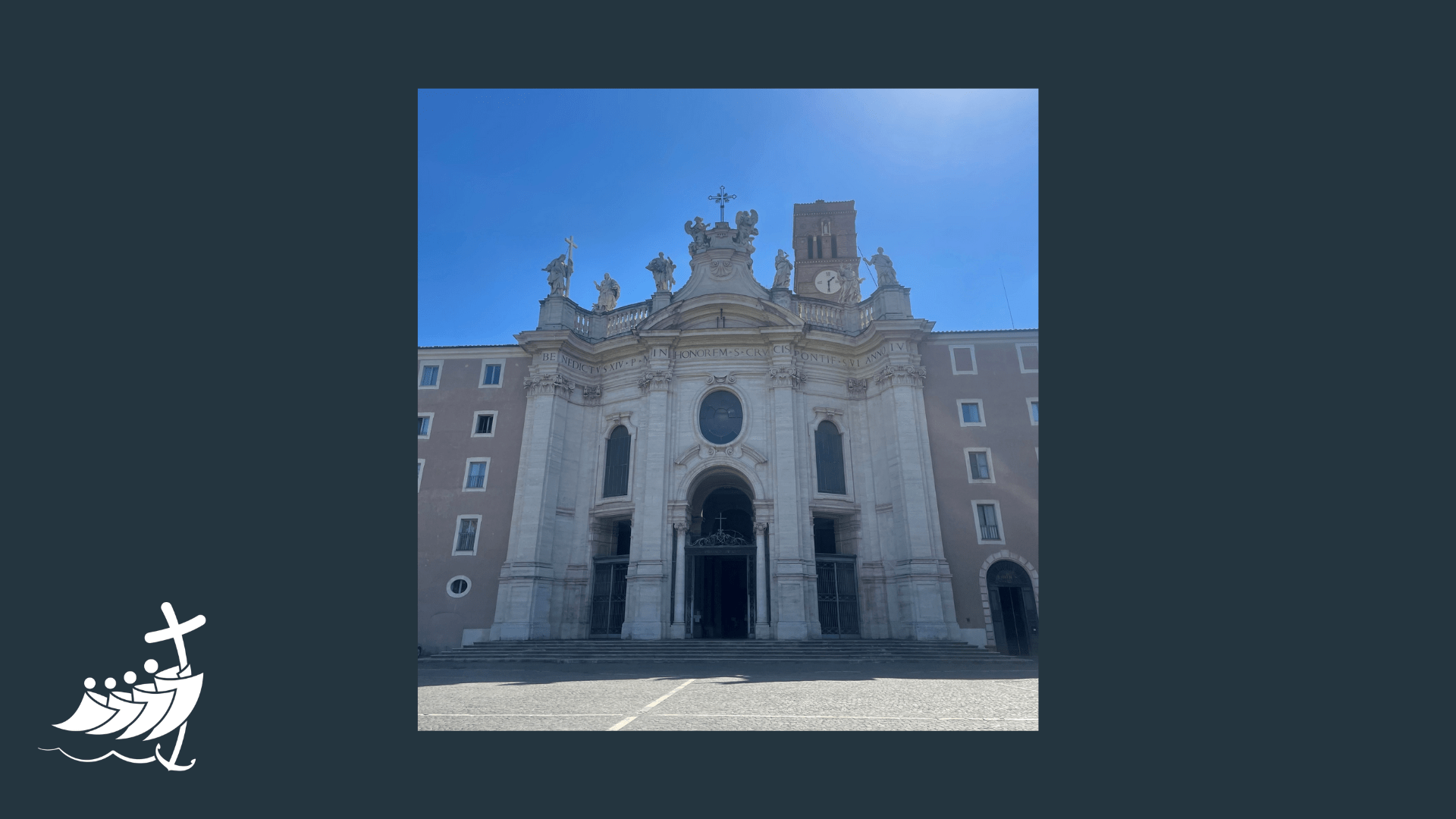At the time of the Emperor Augustus the area where the basilica now stands was a residential zone on the outskirts of the City. Indeed in the 3rd century, an imperial residence was built on the site.
When Constantine moved the capital of the empire to Constantinople, the area remained in the hands of his mother Helen, who decided to transform part of the residence into a chapel for the relics of the Holy Cross, which she herself had found at Calvary during her pilgrimage to the Holy Land in 325. Around the original chapel the present basilica was later built.
There have been various restoration works and modifications to the complex across the centuries: especially notable was that of Cardinal Mendoza (1478-1495), during which a mortuary box with the Titulus Crucis was found in the apsidal arch.
The basilica was considered, right from the start, as a kind of reliquary complex, whose prime function was to protect and preserve the precious relics of the passion of Jesus. It is called “in Jerusalem” because, consecrated earth from Mount Calvary in Jerusalem was laid in the foundations.











